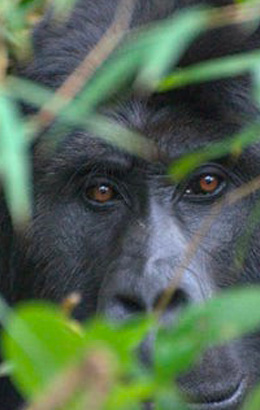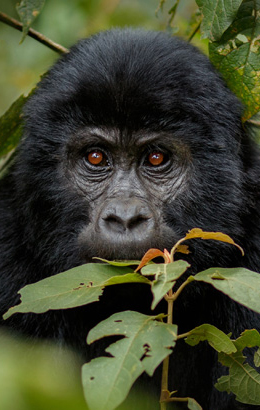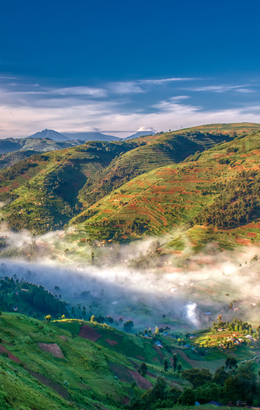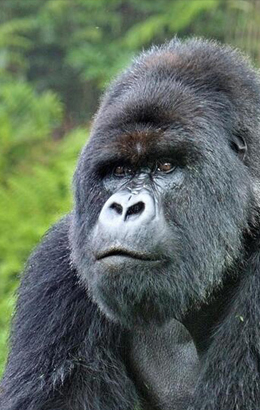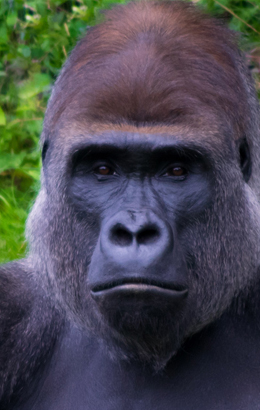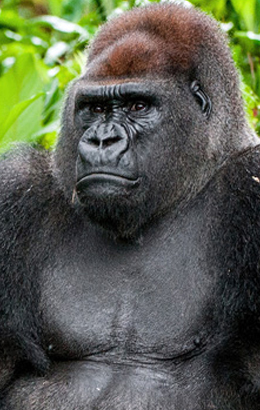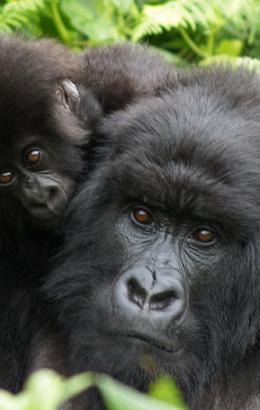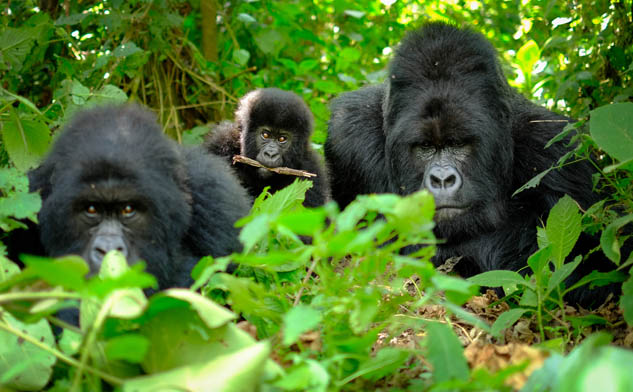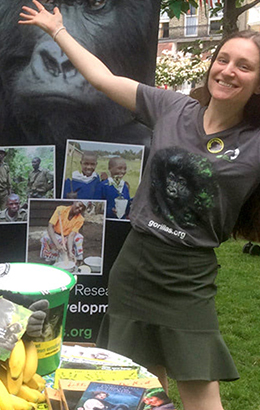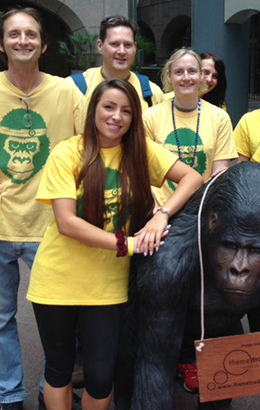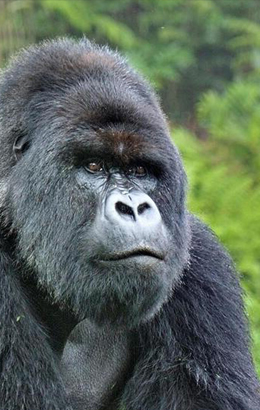Why tracking gorillas through the forest takes patience – and great skill
Tracking gorillas tells us a lot more than simply where they are. It can give us a better understanding of how they behave. For example, the rangers of Walikale, after many months tracking the forest’s resident gorillas, now know how far they travel each day. Combined with data on the size of the gorilla groups, this information can help them determine levels of competition for food in the forest, as well as give an understanding of how they respond to threat – and so help the rangers protect them better.
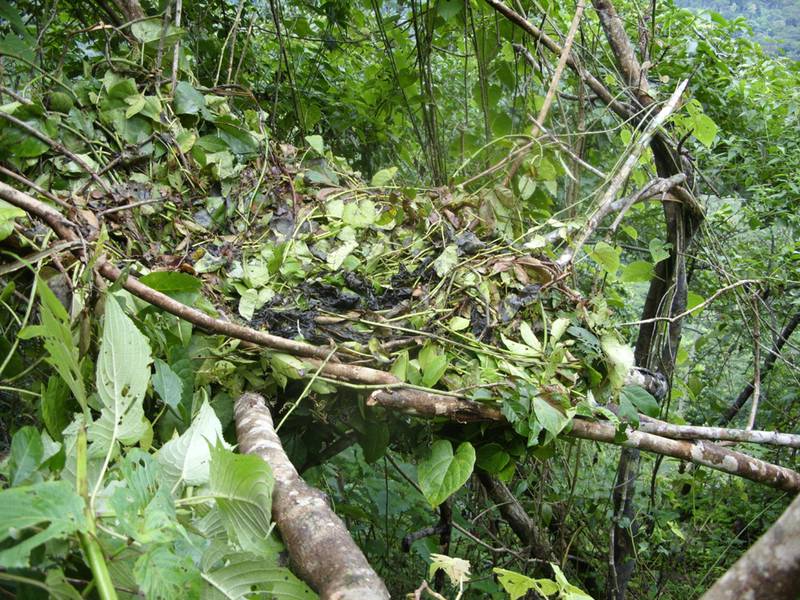
Gorillas make nests in the trees to sleep in like this every day and night
However, tracking is not easy. In fact, it’s one of the most difficult jobs in gorilla conservation. And it’s especially tough in Walikale. The forest here is extremely dense in places, making progress tough and time-consuming. However, this can also be an advantage. Tell-tale signs of gorillas – trampled vegetation, broken tree branches, half chewed leaves – are easier to spot in dense vegetation than in less-dense vegetation such as the low-altitude forests where western lowland gorillas are usually found.
Gorillas – keep your distance!
It is these tell-tale signs that the team at Walikale look out for as they try and track a gorilla group from one nesting site to the next. Timing here is crucial. They want to be following the gorillas closely enough that they can still spot such signs but not so close that they actually come into contact with them. In such an insecure part of DR Congo, where poachers and militia soldiers are a constant threat, it’s crucial the gorillas remain unhabituated and fearful of humans.
Usually, then, the team will give the gorillas a one-or-two-day head start. Once they have located a group’s nests – the beds they make to sleep in during the day and then again at night – they stay back until the gorillas have moved on. They will wait a day and then try and follow them through the forest. If all goes well, then they will arrive at the next nesting site one day after the gorillas have moved on, giving them a wealth of forensic evidence such as feces to analyze.
How roaming gorillas can leave even experienced trackers confused

Our team of rangers using GPS technology in the Walikale forest
Of course, tracking wild gorillas isn’t always so straightforward. Some gorilla groups in Walikale are relatively small, numbering just a handful of individuals. If this is the case, then the risk of losing the trail is much greater than if the team are following a large group. And even then, large groups can be tough to track. They may split up into smaller sub-groups for a few hours during the day, and occasionally they might even cross paths with another with another group, making it even harder to follow the signs.
The Gorilla Organization team at Walikale is recruited locally. This means that all our community rangers have unrivalled knowledge of the forests they have lived alongside all their lives. Some also have excellent tracking skills, which they now put to good use protecting the gorillas and their home habitat.
Thanks to our supporters, some of the rangers are now also able to use GPS technology to help them in this important task, and money raised through donations also help keep them equipped with waterproof clothing and sturdy clothing, allowing them to stay out in the forests for longer and collect even more data to help us better understand Walikale’s critically-endangered gorillas.
